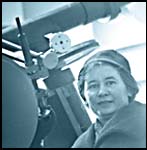



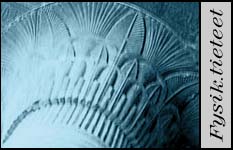
WOMEN OF LEARNING: NAME INDEX | DISCIPLINES | PERIODS | FIRSTS | THE INVISIBLE
LANDMARKS | FACTS | WOMEN'S STUDIES | FRONT PAGE

 |
EUGENIE LISITZIN physicist, marine scientist 1905-1989 |
||
For a Finn, Eugenie Lisitzin was quite an international scientist. From her father's side, she was a member of a noble family with originally Polish roots, the history of which is known from the 800s onwards. One branch of the family had settled down in Carelia in the 1600s, where it was influential mainly in the Käkisalmi area. Lisitzin was born in Dresden, where her father was studying for an engineering diploma in a German Bergakademie (college of mining and technology). She graduated from high school in 1926 from extension classes of a Swedish girls' school in Vyborg, and completed her M. Sc. degree at University of Helsinki in 1929. She was the first woman in Finland to defend a doctoral thesis in physics in 1938. Besides of majoring in physics, Eugenie Lisitzin completed several other advanced syllabi. The young woman with such a wide range of knowledge ended up almost by chance at the Finnish Institute of Marine Research. She was employed there for almost 40 years - first as an acting assistant in 1933-45, then as an assistant in 1945-55 and finally in the position of a thalassologist (marine scientist) and the head of the sea level section in 1955-72, until she was pensioned. Lisitzin received a professorship in 1965. The Institute of Marine Research was formed in 1919, and it had to try to accomplish its tasks with rather meager resources in its early days. The Institute was monitoring sea level changes and the ice situation, but it also studied the chemical consistency of the sea water and did theoretical marine research. The staff had included other women scientists before Lisitzin. The first of them was the amanuensis of the chemical section, Phil. Cand. Hanna Olin, who was followed by Stina Gripenberg. She made an industrious amount of routine analyses for her dissertation about the chemical composition of sediments in the Baltic Sea, published in 1934. Lisitzin wrote about her colleague: "Although there has been significant progress in the methods of collecting samples from the sea bottom, Dr. Gripenberg's dissertation can still be counted among the major achievements in the area of the geology of the Baltic Sea." Sea level changes became the focus of Eugenie Lisitzin's own research. "It became evident that the Baltic Sea was in many respects too limited an area for obtaining universally applicable results, and that widening the area of research to include all oceans was necessary in most cases," Lisitzin concluded. She collected a quite large number of research results both in Finland and abroad, and edited the first comprehensive textbook about the mean sea level in the oceans, Sea Level Changes (1974), that is still in use as a textbook. Sea level changes are affected by very many factors, which means that a researcher needs to be familiar with various related disciplines, e.g. meteorology, as weather conditions will affect the surface of water. Also, the water levels will change daily and seasonally; one should forget neither the topography of the sea surface, nor the relative mean heights of the areas covered by water. Besides of monitoring sea level changes, Lisitzin also calculated anew the rate of land uplift at the Finnish coasts. Apart from being the first Finnish woman to defend her doctoral thesis in physics, she was also the first Finnish woman elected to the mathematical and physical section of the The Finnish Society of Sciences and Letters. Because of her family background and her upbringing, she was fluent in nine languages, and was at home at scientific meetings, cultivated contacts and published in various languages. Åke Niemi, who made the commemorative speech at a session of the Society, concluded: "Lisitzin's research, which produced over a hundred different scientific publications, spanned a period of time from the late 1930s until late 1970s. She enjoyed great appreciation among colleagues working in the same field. Her publications are still being cited and her results have staying value." Eva Isaksson  1 1
 2 2
 3 3
 4 4
 5 5
 6 6
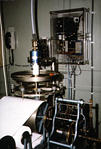 7 7
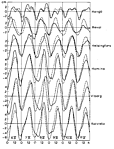 8 8
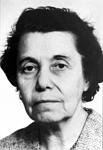 9 9
1 Thalassologists and crew on board of s/s Aranda in July 1960. Eugenie Lisitzin in the middle, to her right Kristina Ahlnäs and director of the Institute of Marine Research, Ilmo Hela. Photo: Institute of Marine Research. 2 On board of s/s Aranda ca. 1960. To the right Ilmo Hela and next to him Eugenie Lisitzin. Photo: IMR. 3 Marine scientists from various countries ein Gdynia, Poland in July 1960. Eugenie Lisitzin in a dark coat. Photo: IMR. 4 The annual course of the frequencies of the sea-level heights at Helsinki (Eugenie Lisitzin, 1959) 5 The distribution of different heights of mean sea level in the world oceans. (Eugenie Lisitzin, 1965) 6 Station for measuring heights of sea level. Photo: IMR. 7 Recorder for registering heights of sea level. Photo: IMR. 8 Tidal variations at the stations in the Gulf of Finland in May 1936. (Eugenie Lisitzin, 1944) 9 Eugenie Lisitzin. Photo: IMR. Eugenie Lisitzin bibliography |
|||